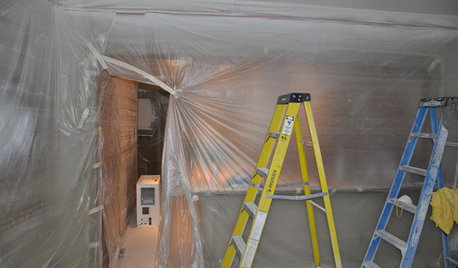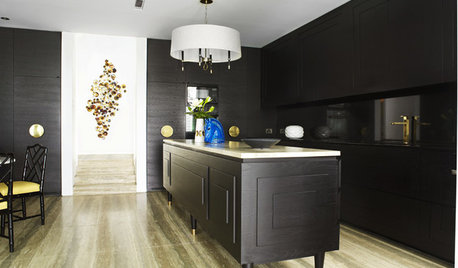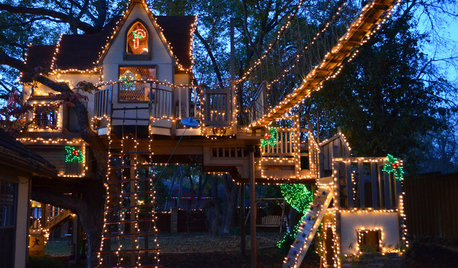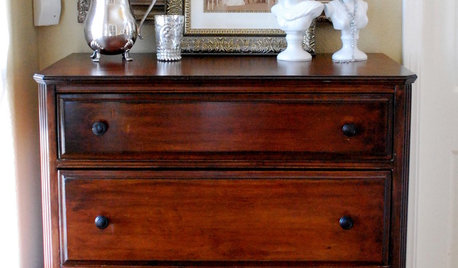Can 120v generator work with backfeed breaker?
BreakerOff
12 years ago
Featured Answer
Comments (28)
yosemitebill
12 years agoionized_gw
12 years agoRelated Professionals
Burlingame Electricians · Three Lakes General Contractors · Galena Park General Contractors · Banning General Contractors · Duncanville General Contractors · Endicott General Contractors · Green Bay General Contractors · Midlothian General Contractors · Riverdale General Contractors · Springboro General Contractors · Waldorf General Contractors · Hemet Solar Energy Systems · Palm Springs Solar Energy Systems · Verona Solar Energy Systems · Jamaica Plain Home Automation & Home MediaBreakerOff
12 years agoRon Natalie
12 years agoweedmeister
12 years agopetey_racer
12 years agoRon Natalie
12 years agoBreakerOff
12 years agoRon Natalie
12 years agoyosemitebill
12 years agoBreakerOff
12 years agoyosemitebill
12 years agoBreakerOff
12 years agoyosemitebill
12 years agoBreakerOff
12 years agoyosemitebill
12 years agoBreakerOff
12 years agoBreakerOff
11 years agormui
11 years agoBreakerOff
11 years agobrickeyee
11 years agofperkins
10 years agoHU-930325428
3 years agoSeabornman
3 years agoHU-930325428
3 years agoSeabornman
3 years agoHU-930325428
3 years agolast modified: 3 years ago
Related Stories

MOST POPULAR11 Things to Expect With Your Remodel
Prepare yourself. Knowing what lies ahead during renovations can save your nerves and smooth the process
Full Story
GARDENING GUIDESHouzz TV: Make a Worm Bin for Rich Soil and Happy Plants
A worm-powered compost bin that can fit under a sink turns food scraps into a powerful amendment for your garden. Here’s how to make one
Full Story
MOST POPULARTrend Watch: 13 Kitchen Looks Expected to Be Big in 2015
3 designers share their thoughts on what looks, finishes and design elements will be on trend in the year ahead
Full Story
GREEN BUILDINGGoing Solar at Home: Solar Panel Basics
Save money on electricity and reduce your carbon footprint by installing photovoltaic panels. This guide will help you get started
Full Story
MOST POPULARA Magical Tree House Lights Up for Christmas
From the Most Popular file: An incredible tree house takes things up a notch for the holidays. See how it came to be
Full Story
FURNITUREAntiques Shopping? Let Love Guide Your Search
If discovering aged treasures is your passion, you’re not alone. Find a kindred spirit and his buying tips here
Full Story
GREAT HOME PROJECTSPower to the People: Outlets Right Where You Want Them
No more crawling and craning. With outlets in furniture, drawers and cabinets, access to power has never been easier
Full Story
GARDENING GUIDESGet on a Composting Kick (Hello, Free Fertilizer!)
Quit shelling out for pricey substitutes that aren’t even as good. Here’s how to give your soil the best while lightening your trash load
Full Story
BATHROOM DESIGNHow to Settle on a Shower Bench
We help a Houzz user ask all the right questions for designing a stylish, practical and safe shower bench
Full Story
BATHROOM DESIGNWarm Up Your Bathroom With Heated Floors
If your bathroom floor is leaving you cold, try warming up to an electric heating system
Full StoryMore Discussions








Ron Natalie